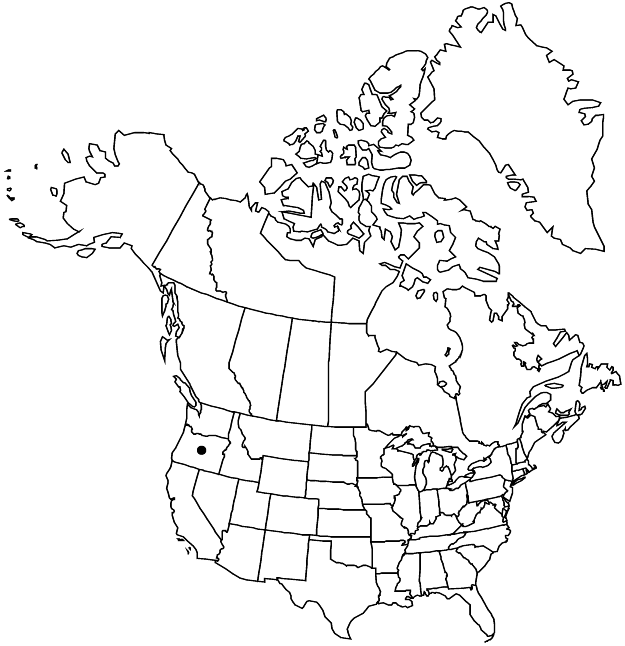Sedum moranii
Bull. Torrey Bot. Club 69: 40. 1942,.
Herbs, perennial, tufted, glabrous proximally, glandular-pubescent distally. Stems rootstocks, vertical, branched, (glandular), bearing terminal rosettes. Leaves alternate, ascending, sessile; blade green, glaucous when young, oblong-spatulate, laminar, 14–32 × 9–14 mm, base not spurred, not scarious, apex widely rounded to obtuse or emarginate, with papillose-crenulate appendage, (surfaces of proximal leaves glabrous, of distal leaves glandular-hairy). Flowering shoots recurved when young, simple, 13–30 cm, (glandular-pubescent); leaf blades oblong-oblanceolate, base not spurred; offsets not formed. Inflorescences cymes (sometimes appearing paniculate), 20–30-flowered, (2–)3-branched; branches not recurved, not forked; bracts similar to leaves, smaller. Pedicels 1–3.6 mm. Flowers 5-merous; sepals erect, connate basally, green, ovate or lanceolate, equal, 6.5–8.5 × 3–4.5 mm, apex obtuse or acute, (glandular-pubescent); petals erect, (convolute), connate basally, sulphur yellow, oblong-lanceolate, not carinate, 12.5–16 mm, apex aristate, (glandular-pubescent); filaments greenish yellow; anthers yellow; nectar scales white or translucent, narrowly reniform. Carpels subdivergent in fruit, connate basally, brown. 2n = 30.
Phenology: Flowering late May-early Jun.
Habitat: Serpentine outcrops
Elevation: 100-800 m
Discussion
Of conservation concern.
Sedum moranii is known only from one canyon off the Rogue River in Josephine County, southwestern Oregon.
Selected References
None.
